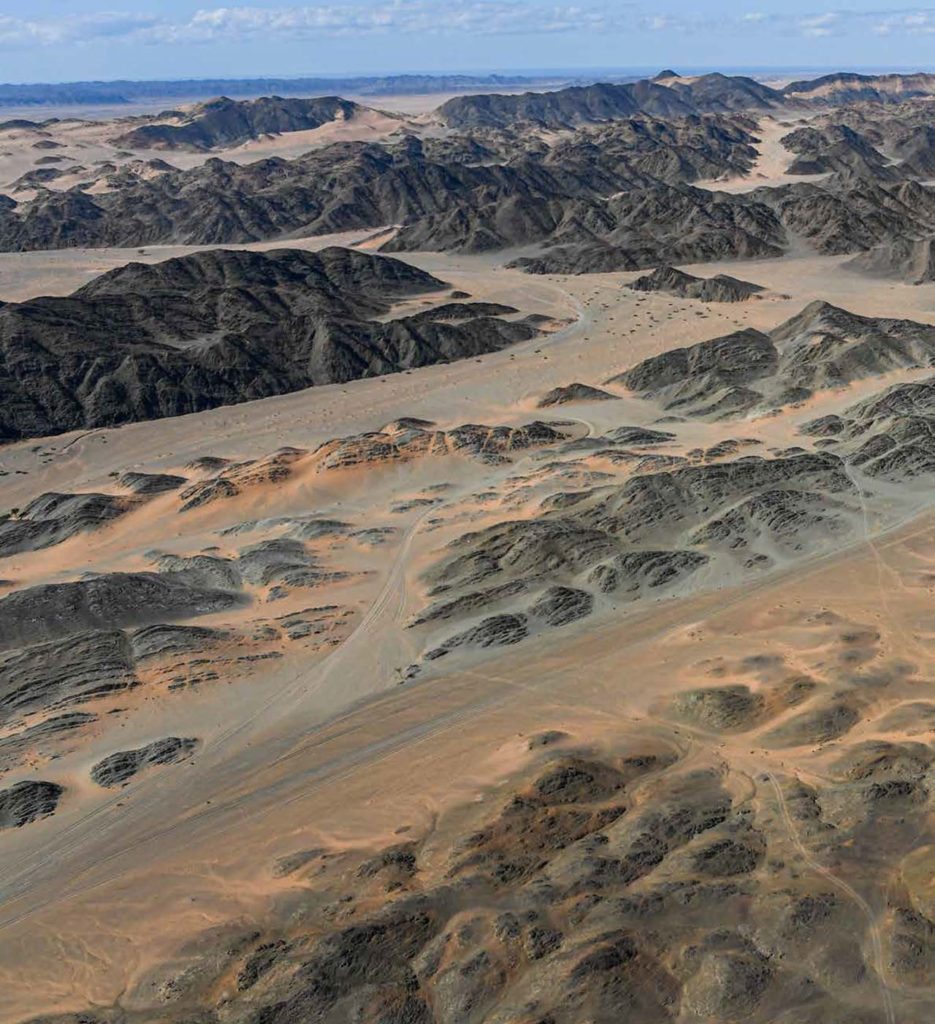Dakar 2021
After the first Dakar held in the Middle East last January, the competitors and crews are heading back to Saudi Arabia to continue exploring the deserts of the country.
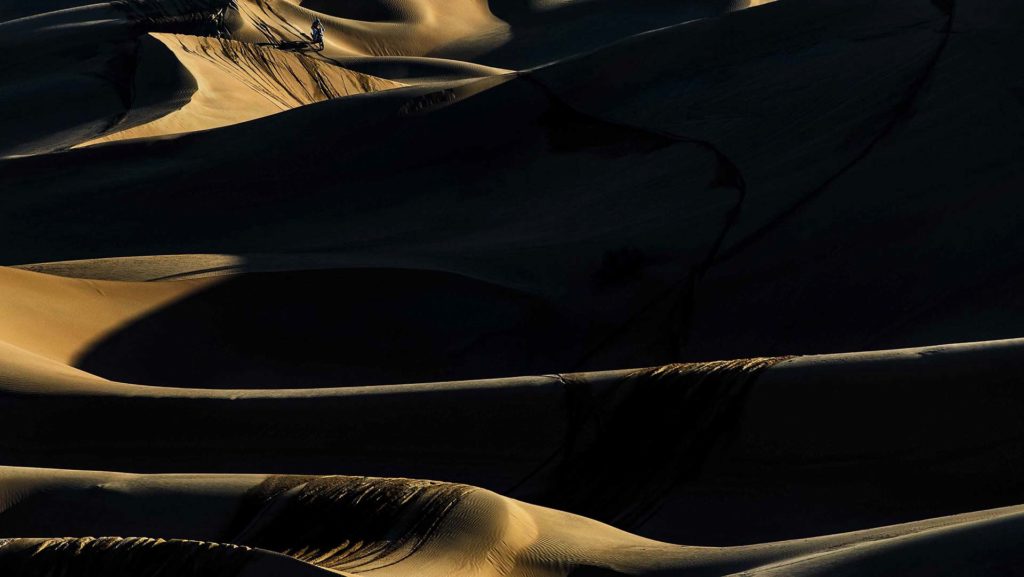
The route designed for the 2021 edition is a loop course beginning and ending in Jeddah, where the toughest competitors will arrive a few days after the rest day in Ha’il. While the bivouac will revisit some of the places where it set up camp a few months ago, the specials will be 100 per cent new.
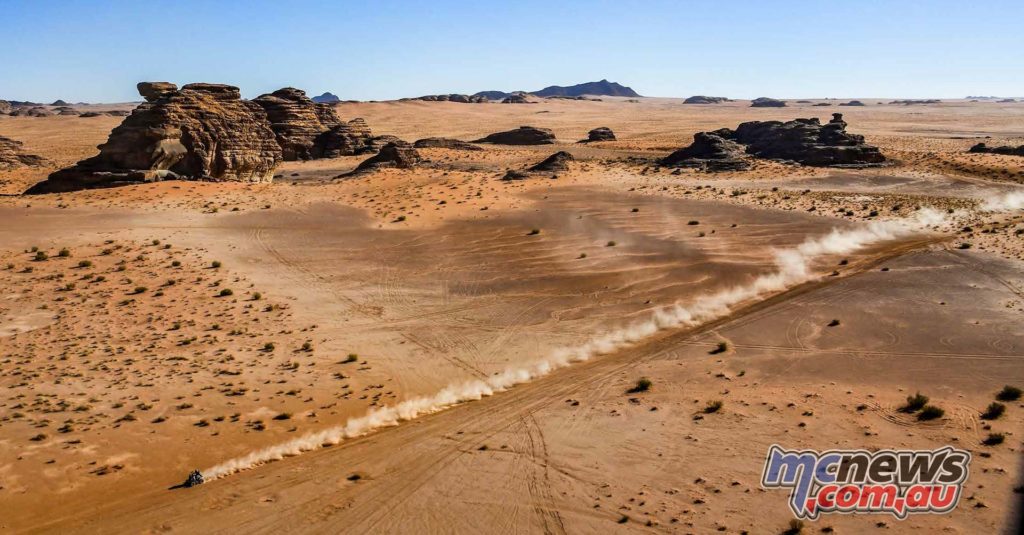
As the race enters uncharted territory, the measures taken in 2020 to put the focus on navigation will continue their natural progression. Road books will now be handed out in the morning right before the start of each special. Some categories will have digital road books.
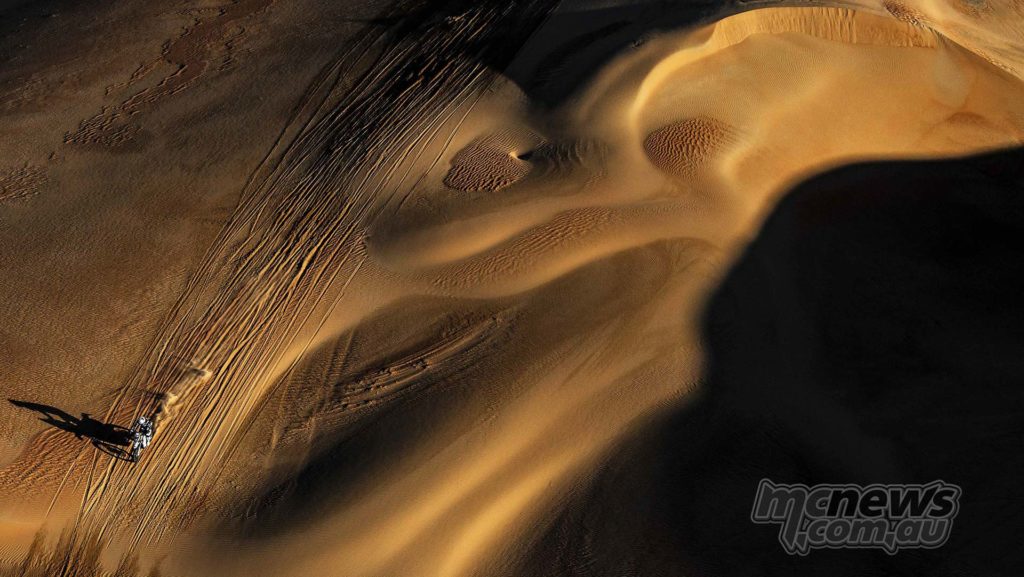
Furthermore, the rules have been amended to slow down the vehicles and, in general, to make the race safer. Certain hazardous sections will be categorised as “slow zones” where the speed limit will be set at 90 km/h. Air-bag vests will now be mandatory and subject to inspection by race officials during technical scrutineering. Motorcycle competitors will only be allowed six tyres for the duration of the event.

Penalties for engine changes were introduced a few years ago to encourage bikers to ride carefully. From next year, time penalties will be applied starting from the second piston change even if the rest of the engine remains the same. Finally, riders will no longer be allowed to work on their motorbikes at refuelling stations.
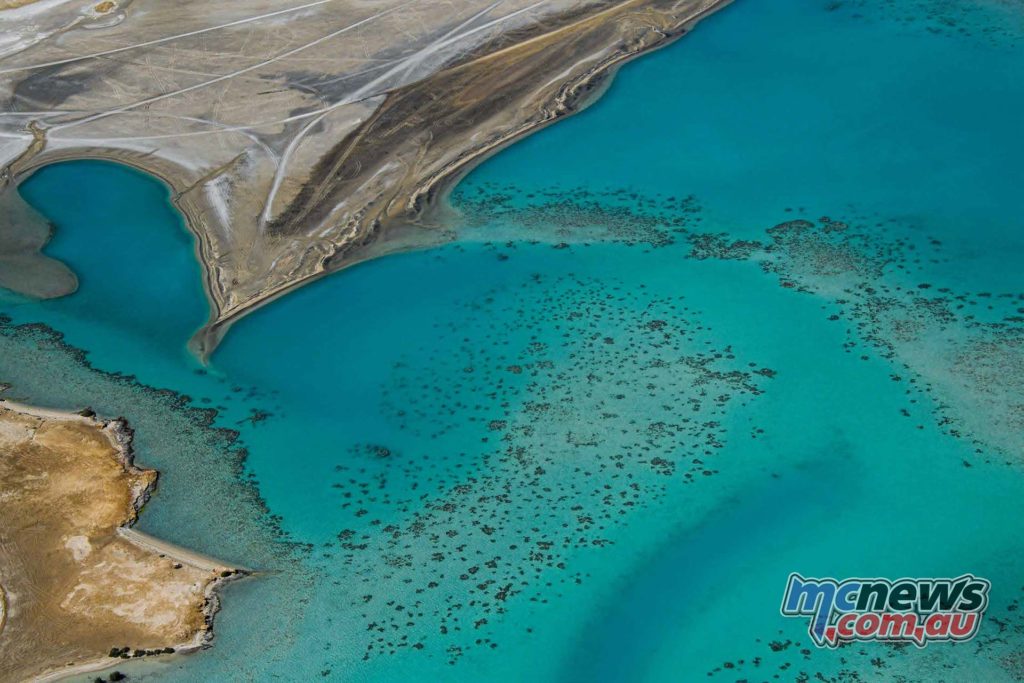
The Dakar convoy will start their 2021 odyssey on the shores of the Red Sea as they depart Jeddah on January 3.
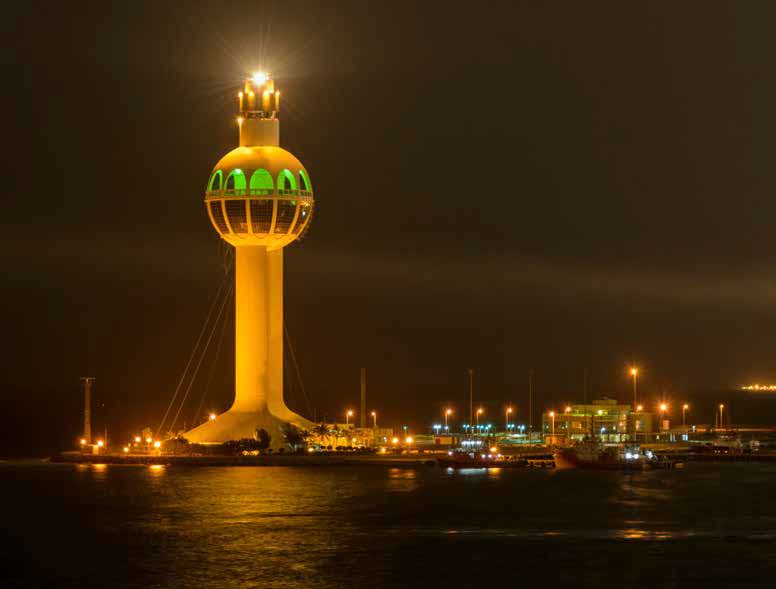
Competitors will spend the following two weeks navigating their way through Saudi Arabia’s expansive deserts.
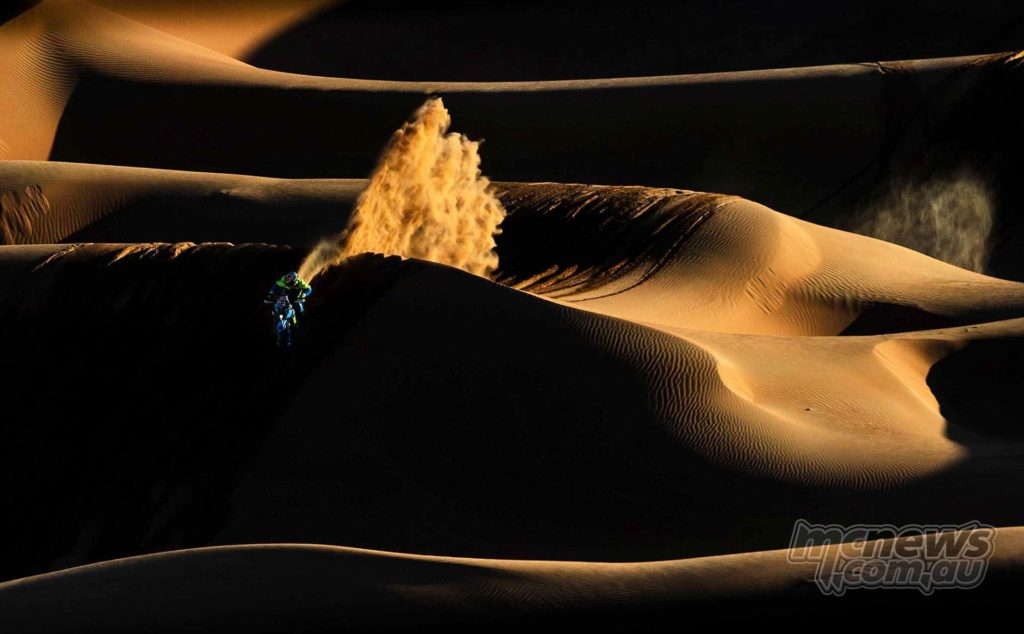
A well earned Rest Day will come in the ancient city of Ha’il at the midway point on January 9.
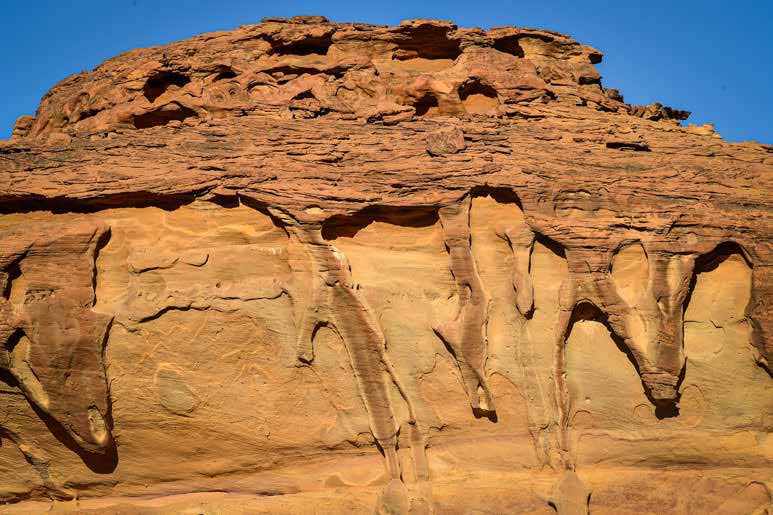
For centuries, Ha’il was a stop on a trade route between the Red sea and Mesopotamia. The region is also famous for its numerous rock faces covered with rock art, which stand as reminders of the presence of human populations going back almost 10,000 years.
A hero’s reception awaits those who manage to meet every challenge and cross the finish line back in Jeddah on January 15. The winners will be celebrated on the podium, but everyone who completes the Dakar has the right to be satisfied at overcoming the toughest test of endurance.
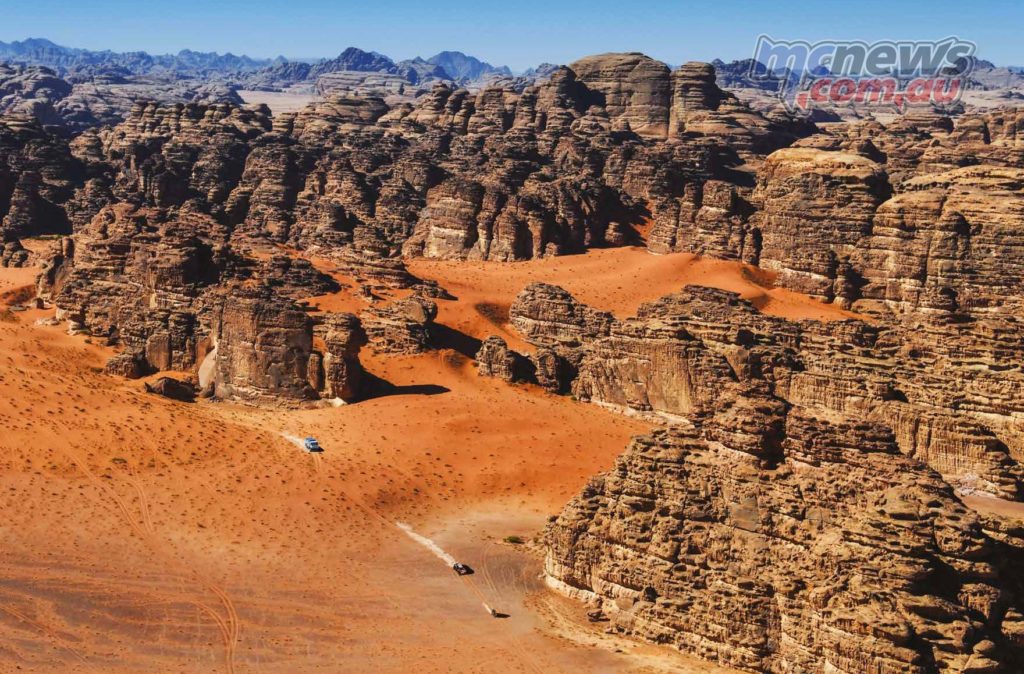
Dakar Rally director David Castera
“Sometimes it feels like the other side of the rainbow is just around the corner and a magical treasure is within reach. The two weeks of the 2020 edition in Saudi Arabia, when the Dakar inaugurated Chapter 3 of its history in style, were one such time. Our Saudi hosts had the daring inspiration to believe in this marriage, a vision shared by all the competitors and their crews. Stage after stage, and often multiple times within the same stage, the majestic landscapes of the region left us dazzled and in awe. However, Saudi Arabia only revealed a tiny part of its mysteries, leaving plenty of surprises in store for the next edition in January 2021. Over the last few weeks, we have plunged back into our GIS software and last year’s recon notes and realised just how vast the possibilities are. The route we have prepared, a gigantic tour of the Saudi deserts, reuses none of the tracks and dunes that featured in the specials last January. The possibilities open to us have given us the opportunity to design a more technical course with more varied terrain and fewer fast sections. Along with the changes in the style of the course, we are also rolling out new features with a view to making the race even truer to the values of rally raid. Shifting the focus from raw speed to navigation are part of a holistic approach in which the creation of the Dakar Classic bridges the legends of the past and the excitement of the future. After all, adventure is a timeless pursuit, is it not?”
